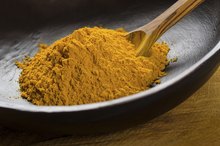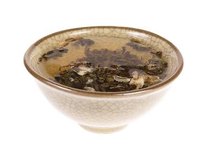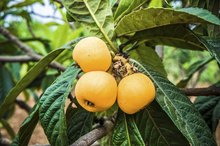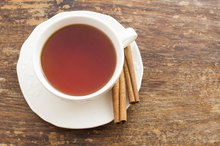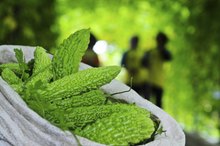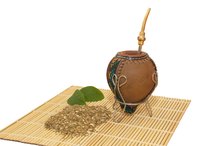What does fact checked mean?
At Healthfully, we strive to deliver objective content that is accurate and up-to-date. Our team periodically reviews articles in order to ensure content quality. The sources cited below consist of evidence from peer-reviewed journals, prominent medical organizations, academic associations, and government data.
- International Journal of Environmental Research and Public Health: Potential for Improved Glycemic Control With Dietary Momordica Charantia in Patients With Insulin Resistance and Pre-Diabetes
- International Journal of Environmental Research and Public Health: Potential for Improved Glycemic Control With Dietary Momordica Charantia in Patients With Insulin Resistance and Pre-Diabetes
The information contained on this site is for informational purposes only, and should not be used as a substitute for the advice of a professional health care provider. Please check with the appropriate physician regarding health questions and concerns. Although we strive to deliver accurate and up-to-date information, no guarantee to that effect is made.
What Are the Benefits of Ampalaya Tea?
Ampalaya, more commonly known as bitter melon, is the edible part of the Momordica charantia plant. This tropical vine grows in Asia and parts of the Caribbean and Africa, and tea made from the fruit and leaves has potential uses in herbal medicine. Check your local Asian markets for fresh and dried leaves or health food stores and online for commercial tea bags. If you plan to use ampalaya tea for therapeutic purposes, discuss it with your doctor first.
Glucose-Lowering Properties
Ampalaya tea contains an insulinlike peptide called charantin. Insulin is a peptide hormone that helps lower blood sugar by getting glucose into cells. Because of this property, researchers evaluated the potential of ampalaya to improve glucose control and published their findings in the February 2014 issue of the International Journal of Environmental Research and Public Health 1. Among the data, they found that a tea made from ampalaya leaves significantly lowered HBA1c levels in patients with diabetes. HBA1c is a measurement of average glucose over a period of six to eight weeks.
- Ampalaya tea contains an insulinlike peptide called charantin.
- Among the data, they found that a tea made from ampalaya leaves significantly lowered HBA1c levels in patients with diabetes.
Rich in Quercetin
Side Effects of Hibiscus Tea
Learn More
Ampalaya tea is rich in quercetin, a flavonoid compound with antioxidant activity. Quercetin, like other antioxidants, scavenges damaging molecules called free radicals to help protect your cells. Free radical damage is linked to chronic diseases and the aging process. In addition, quercetin has anti-inflammatory properties and may protect against conditions like heart disease and cancer, according to the University of Maryland Medical Center 2. Quercetin has antihistamine properties as well. Histamine is a substance found in your body that plays a role in the immune response to allergens.
- Ampalaya tea is rich in quercetin, a flavonoid compound with antioxidant activity.
- Quercetin, like other antioxidants, scavenges damaging molecules called free radicals to help protect your cells.
Lipid-Lowering Properties
The American Journal of Health System Pharmacy published a full review in February 2003 of the potential effectiveness of ampalaya in various forms, including tea. Among the potential benefits cited, ampalaya tea contains constituents with lipid-lowering activity. Animal and test tube data suggest ampalaya tea helps lower cholesterol and body weight. Scientists aren't yet sure of the exact mechanism responsible for this effect, and currently there are no available studies that have evaluated these effects on humans.
- The American Journal of Health System Pharmacy published a full review in February 2003 of the potential effectiveness of ampalaya in various forms, including tea.
Side Effects
What Are the Health Benefits of Gohyah Tea?
Learn More
According to the American Journal of Health System Pharmacy review, some people drinking ampalaya tea or taking ampalaya extracts have reported hypoglycemia, which is when blood sugar drops below normal. Avoid drinking ampalaya tea if you have liver issues because case reports suggest it's unsafe if you have liver problems or take medication that affects your liver. Drinking ampalaya tea may cause mild, temporary gastrointestinal side effects such as abdominal discomfort, bloating and diarrhea.
Related Articles
References
Writer Bio
Janet Renee is a clinical dietitian with a special interest in weight management, sports dietetics, medical nutrition therapy and diet trends. She earned her Master of Science in nutrition from the University of Chicago and has contributed to health and wellness magazines, including Prevention, Self, Shape and Cooking Light.




